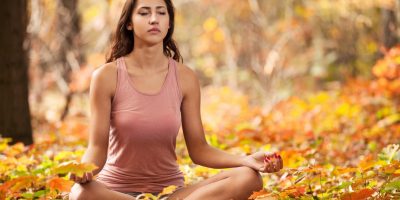I am devoting a series of “Frank Answers” articles to the five elements of yoga — the four classical cosmological elements of earth, water, fire, and air, plus the yoga element of space. These articles bring together my interests in cosmology (ancient and modern), liturgy and ritual, and the practice of yoga. This article on water and yoga has been posted before on my blog. I am moving it up to give it more visibility.

We experience these elements in our body and in the cosmos at all times. But there are “seasons” of the year in which we experience each one in a more intense way. I posted an article on wind in the summertime. I posted an article on earth in autumn. I posted an article on fire in winter. I am posting this article on water in spring when snow and ice are melting, streams are full, and we are seeing the earliest signs of new life breaking forth from the thawing ground.
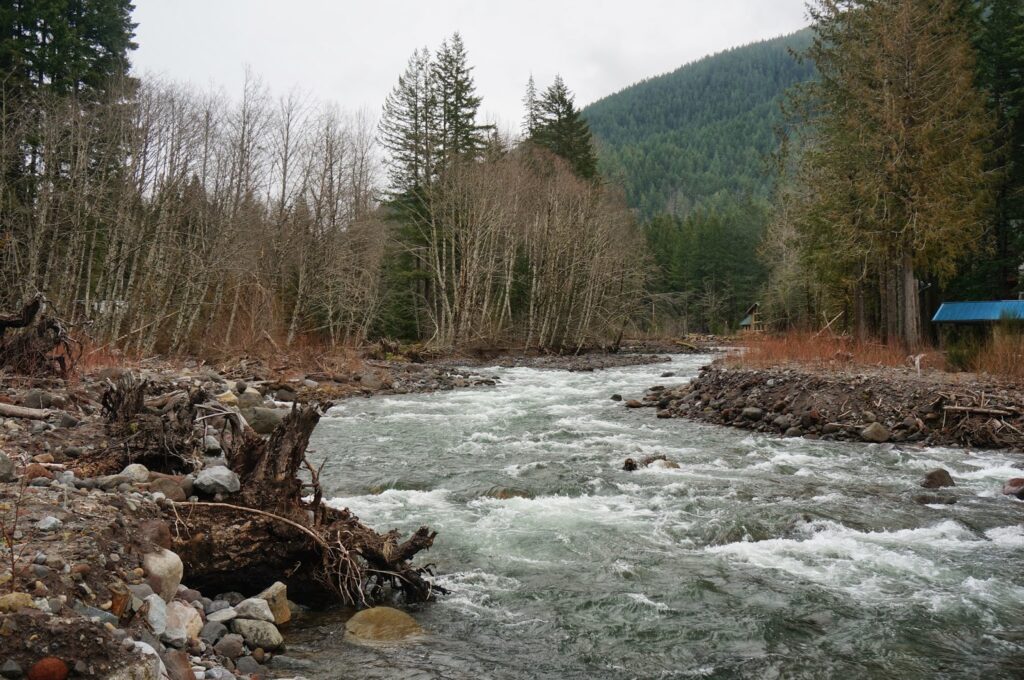
I should emphasize that these seasons are phenomenological in the sense that they are what we experience in our bodies. There could be overlapping from one season to the next. Especially in February the fire yoga may still be needed, since Carnival with its feasting is just getting underway, while Lent with its fasting begins in mid-February this year. See https://frank-answers.com/frank-answers-about-yoga-fire/. The angular twists of the yoga of fire, good for detoxifying, will transition into the undulating yoga of water that has a more dancelike quality, and is good for loosening connective tissues.

Nevertheless, the days are getting longer, there is more sun, and ice and snow are melting. On such days we feel in our bodies that winter is transitioning into spring.

I offer this article as a meditation on water and our relationship to it. We know that life on earth emerged from the waters of the planet. Humans are still attracted to the waters. Of the classical elements water is particularly significant. As depth psychology points out, it is a symbol of the origin of life in the womb and also a symbol of death—the return of life to the origin of things.

The spring equinox in the northern hemisphere occurs on March 20, at the center of this season of water. Liturgically, Christians are observing the season of Lent. Lent is historically the time of preparing candidates for baptism at the Easter Vigil. Rituals of spring, both sacred and profane, are also being observed. Yoga has practices that relate to the five elements. In this article I explore yoga practices that relate to water. Ayurvedic views of health and wellness recommend a diet appropriate to this time of year. Underlying it all, we have a concern for the care of the earth and its waters. Everyone needs to think about water because everyone is born in water and needs water to sustain life.
Ayurveda
Those of us who live in the northern hemisphere temperate zone are now in what Ayurveda, the ancient Indian medical system, calls the Kapha season. This season extends from the frigid days of winter when the ground is frozen to early spring when the snow melts, precipitation turns from snow to rain, the sap rises, and the first shoots break through the ground. This would roughly span our months from February through March and into April.
Ayurveda gives attention to our bodily behaviors in each of its three seasons or doshas: Vata (fall into winter), Kapha (late winter into early spring), and Pitta (the hot season of summer). As we move into Kapha it is a time to change our diet from the warm foods of the deep winter Vata season to lighter fare that includes the first bounty of the earth’s fruits and vegetables as these are available.

I mentioned above that the Christian world is observing the seasons of Lent and Easter during these months, which is forty days of fasting followed by fifty days of feasting. Lent is the time in which candidates are prepared for Baptism, which is celebrated at Easter (ideally at the Easter Vigil). It’s also a time of fasting, which usually means not eating meat. We’ve eaten stews and meat-based soups during the early winter months. Carnival (“farewell to meat”) is one last time for meat-eating before the “solemn time” begins on Ash Wednesday when diets change from meats to mainly fruits and vegetables and fish. (See my articles Frank Answers About Lenten Disciplines and Frank Answers About Our Problems with Fasting.)
Earth’s Waters
In these months in the northern hemisphere snow turns to rain and snow packs in the north melt. In the flat Midwestern U.S. this leads to rivers and streams rising and flooding. Unfortunately, humans have paved over and built on what were once flood plains and that increases the flooding of towns and farms.

With global warming and the melting of the Arctic ice cap and glaciers in Greenland, the oceans are rising and low coastal areas are being submerged. The ice is another form of water. The fresh water Great Lakes straddling the U.S.-Canadian border have been rising in recent years because of heavier snows. On the other hand, the March 2018 issue of National Geographic has an article on “Drying Lakes” around the world, brought on by warming climates, drought, and overuse.
Remarkably, Earth’s water supply has remained relatively constant for as many as 3.8 billion years. The latest scientific theory is that Earth’s water or “liquid hydrosphere” resulted from degassing from within the planet. The liquid gas from Earth’s core rises to the surface through volcanoes as magma. As the magma cools, pressure is reduced, crystals form, and water (H2O) is formed. Some water remains in Earth’s mantle and the rest is released into the atmosphere. Thereafter there is a process of recycling as evaporation from the sun and condensation from clouds occurs. In a process called transpiration, plants also release water vapor into the atmosphere from small pores on the underside of their leaves. Scientists are studying the cloud-producing effects of the immense Amazon rain forests, which are being threatened by logging and to make room for agriculture.

The Body’s Waters
The latest scientific theory is that life first emerged as molecules in the depths of the oceans. Over billions of years life achieved more advanced forms in the seas and swamps and finally crawled onto dry land and sometimes stood up, either on all fours or on two legs. But there’s a lot of water left in us. Up to 60% of the adult human body is water. Every part of the human body is watery. According to H. H. Mitchell in the Journal of Biological Chemistry 158, the brain and heart are 73% water, the lungs about 83%, the skin contains 64% water, muscles and kidneys are 79%, and even the bones are 31%. Water circulates via the blood streams and must be replenished because we lose a certain amount through urination, defecation, sweating and evaporation. Adult humans need to consume 2-3 liters of water each day, some of which is received through food.
Bathing and Baptism
Even though humans are land animals and need oxygen to breathe, we are still drawn to and into the water. We have built indoor pools to accommodate going into water even during the cold winter months or where water for bathing is not nearby. The ancient Roman baths were marvels of engineering that brought water into the building through aqueducts and had furnaces that heated the water to different temperatures. They functioned like the spas of today and offered many of the same services, including pools of different temperatures, body rubs with lotions and oils, exercise facilities, and food vendors.

I see in the Roman bathing ritual the general shape of Christian initiation in the ancient world, including stripping, anointing the body head to foot with oil, immersion in the pool, the laying on of hands and post-baptismal anointing with myron, being vested in a new white garment, and participating for the first time in the eucharistic meal (Holy Communion). Of course, prayers and other gestures accompanied these actions. (For a good popular description of the practice of baptism in late 4th century Milan and Hippo see Garry Wills, Font of Life: Ambrose, Augustine, and the Mystery of Baptism [Oxford and New York: Oxford University Press, 2012].)

We are in the time of the year when historically Christians have celebrated baptisms. The Eastern Churches celebrate the baptism of Christ on the Feast of the Epiphany (January 6; January 19 in Egypt and Ethiopia). Epiphany became a major day of baptisms in the Eastern Churches. Other Churches, especially after the Council of Nicea in 325, chose Easter as the main day for Baptism with its theme of death and resurrection, drowning the old person and the new creation arising from the font.

Spring Break to the Waters
We are drawn to water for re-creation and exploration. Today more and more people who live in the snow belts take winter or spring breaks to parts of the world that are warm enough to allow for swimming in and sitting by pools and water activities in the seas such as snorkeling or scuba diving. Visiting the coral reefs and encountering the abundance of life attracted to them also gives people a way to connect with the natural world in the seas, and perhaps, as a consequence of delighting in them, develop a sense of responsibility for the preservation of the reefs.

Late winter/early spring is a time when many yogis in the northern world are drawn to yoga retreats in warmer parts of the world, such as the Caribbean, India, and Southeast Asia. Many of the resorts where the yoga retreats take place are near water—lakes, seas, oceans—precisely because of the renewing quality of water.

February and March is also the time when hundreds of thousands of college and university students (and ex-students) hit the beaches of Florida, Texas, and Mexico on spring break looking for sun, indulging in alcohol, swept up in rock concerts, and maybe hoping for sex. The activities of spring break constitute a profane ritual which uses gathering at the water for engagement in mass socializing that can also be observed among other animal species. An account of the late winter/early spring relationship to the water element would not be complete without acknowledging this phenomenon.

Kumbh Mela
A sacred ritual of bathing in India makes spring break in North America pale in comparison in terms of the numbers of devotees drawn to the Kumbh Mela festival in India. In this festival millions of Hindu Naga sadhus (naked holy men – our yogi cousins) gather by the holy river to be cleansed of their sins. It is believed that in the month of January when Jupiter is in Aries and the Sun is in Capricorn, a holy dip in the holy river is considered to be most auspicious. In 2018 millions gathered at Sangam, the confluence of 3 great Indian rivers Ganga, Yamuna and Saraswati. According to Hindu mythology, bathing here at this occasion wipes away sins and has other religious benefits. On the banks of Triveni in Prayag (Allahabad), a huge fair is organized for the devotees that come from all across the country. Though the fair is organized every year during the month of Magh (January), it extends to February as well.

We should note that while late winter/early spring is a wet season in the northern hemisphere (snow to rain), the wet season in India is the summer monsoon season from June through September. The deluge can be disruptive, but it also brings cooler temperatures and be greeted with joy.
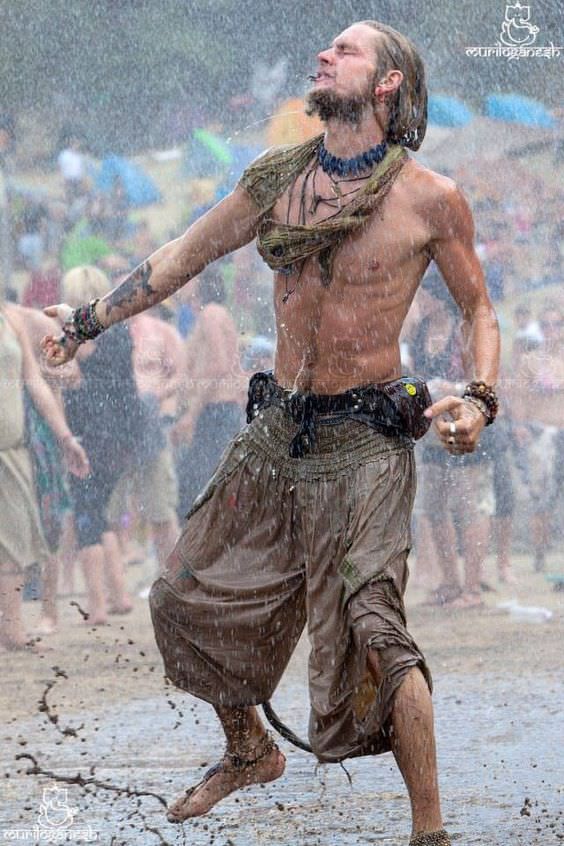
Undulating Yoga
In terms of actually caring for the body in relation to the water element, yoga has paid attention to the watery composition of the human body by designing practices that emphasize fluidity through undulating movement. The usual cat and cow stretches can be spinal undulations.

In exploring the water element my yoga teacher has added undulating movement to table pose and standing poses. In table pose, to the usual cat and cow stretches he adds swiveling the hips to the left while looking back over the right shoulder, and then twisting on the opposite side. In table pose one can also rotate the pelvis in a circular motion almost moving forward toward cobra and backward toward child pose. Standing in mountain pose one can turn the body from side to side with arms swinging so that the right hand slaps the left upper arm and vice versa. One can also rotate the head, the hands and arms in opposite directions (one hand rotates up while the other hand rotates down – external and internal rotation) and swaying the pelvis, as this yogi is doing simultaneously, to create fluid motion in his body.

Adding side twists to lunges is another way of loosening the hips and lengthening the spin. Twists are ubiquitous in yoga because they stretch the spine, loosen the pelvis, stimulate digestion, and—once you’re stable in them—calms the mind. This yogi added a twist to downward dog

Twists and loosening joints can be done at home. One movement used in yoga classes is called “threading the needle” that can easily be done on the floor.

This young man is opening his shoulders in the opposite direction by using the wall.

Undulating movement and twists can increase body awareness by feeling the body moving in different directions and using muscles that don’t usually receive attention. Twists nourish the spine since fluid-filled discs provide cushions between the vertebrae. This increases flexibility by loosening stiff muscles and dehydrated connective tissue. Stretches are always in order no matter where you are in the seasons of the year.
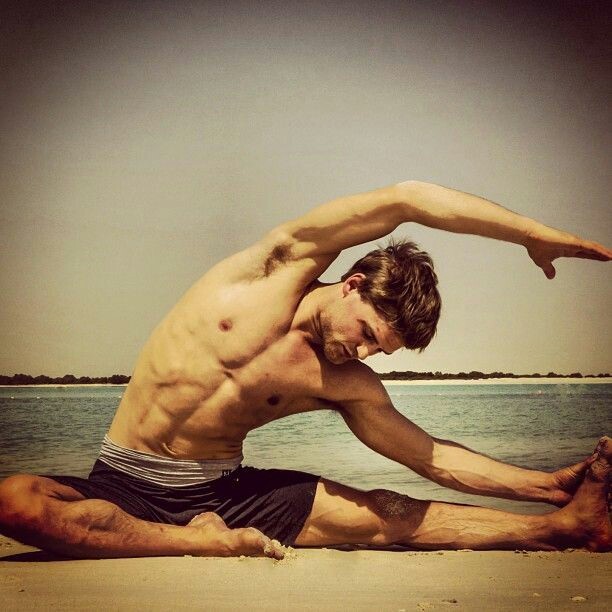
Yoga practice often ends with supine twists on the floor or ground such as Yogi Patrik Bitter of Essen, Germany is demonstrating amidst the blosoms of early spring. By the way, Essen once the home of Krupp Steelwerks and the industrial heart of pre-World War II Germany is now one of the greenest cities in Germany.

Water meditation
Concluding meditations to yoga practice can focus on the water element. It is well known that the sound and feel of water provides many health benefits. It is therefore not surprising that meditation and water are a natural combination. In the Buddhist tradition, water is the symbol of serenity, purity, and clarity of thought. Many recorded guided meditations use water imagery as part of the meditation. Sounds of waterfalls, babbling brooks, or ocean waves help the binaural rhythms of the body. But sitting in the water and feeling the sensation of water on and within the body can be context for meditation. The element of water is located in the pubis/sacral area of the body. The sacral chakra (Svadhistana) is related to sexuality and creativity.

Abhyanga
Finally, returning to Ayurveda, it’s nice to get an abhyanga oil massage in all seasons, but especially in the kapha season. The skin is the largest organ in the body and requires care. It dries out during the winter when we are in heated environments and wearing lots of clothing and in the summer when we are exposed to a lot of sun. As we start venturing out more often it’s nice to have the warm oil rubbed into every part of the skin and to experience touch along with the oil. The abhyanga treatment dissolves accumulated stress in the body and mind and removes toxins. It is usually followed by a steam bath. (See Frank Answers About Anointing the Sick and Massage.) You can buy a bottle of the appropriate oil and massage yourself at home before taking a hot shower.

These are ways of caring for the body during this time of the year. But these practices are good for any time of the year. Spending time near lakes, streams, rivers , oceans, and even indoor pools in cold weather, can be relaxing. Meditation by water can be renewing.
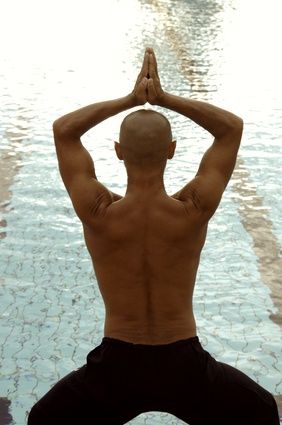
As we keep on undulating may we be mindful that we have a watery body and live in a watery world. While water is a plentiful commodity in our world, it is also a precious one for the preservation of life. Global warming has dried up many sources of fresh drinking water and droughts in many parts of the world reduce water available for agriculture. We pollute it at our peril.
Frank Senn



